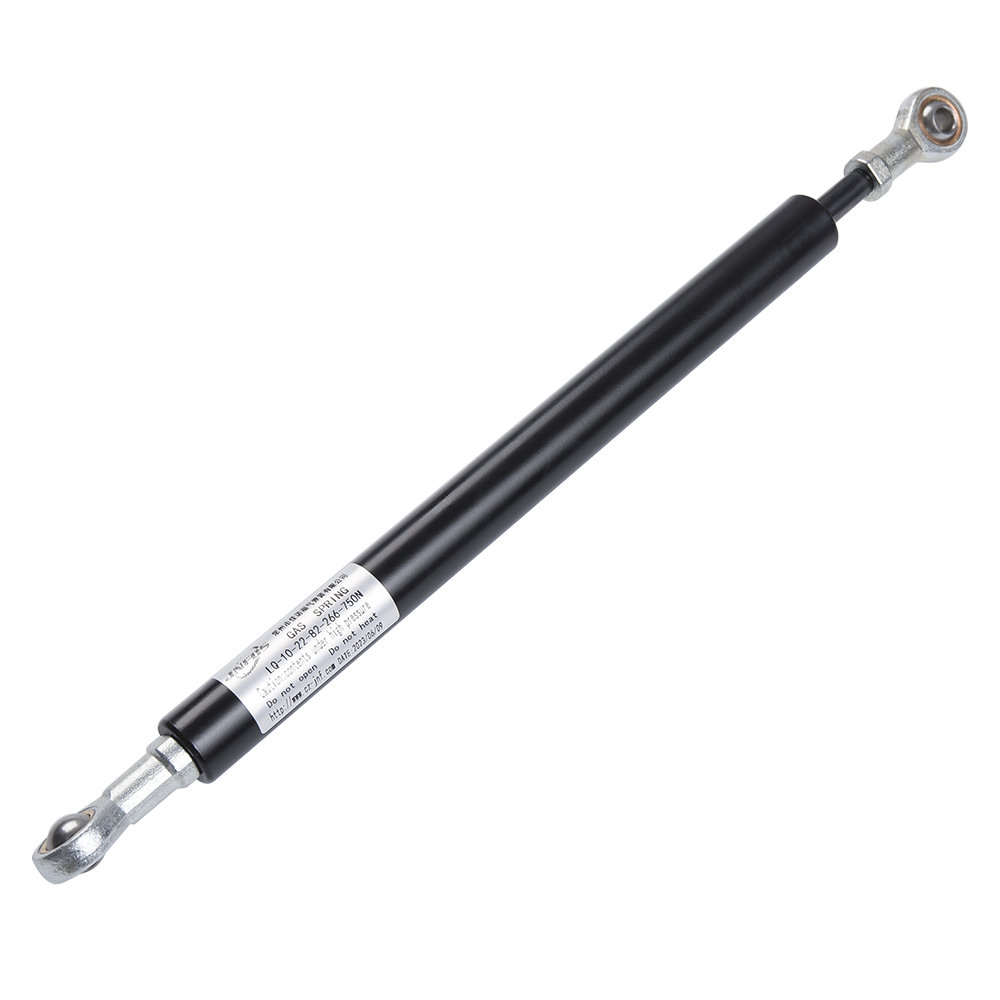The following methods are usually used to improve the wear resistance and corrosion resistance of Dampers Gas Springs through heat treatment:
Surface hardening treatment
Carburizing: Immerse the surface of the gas spring in a carbon-containing medium, and heat it to make carbon penetrate into the steel surface to form a high-hardness surface layer, which can improve wear resistance.
Nitriding: Heat the gas spring in a nitrogen environment to make nitrogen atoms penetrate into the metal surface to form a hardened layer. The nitrided layer not only has high hardness, but also has good corrosion resistance, and is suitable for use in high temperature and corrosive environments.
Quenching and tempering
Quenching: After heating the gas spring to a certain temperature, quickly immerse it in a cooling medium (such as oil or water) for rapid cooling, harden its surface, and improve wear resistance and strength. The quenched gas spring needs to be tempered.
Tempering: The quenched metal will produce internal stress, which can be removed by tempering, improve toughness, reduce brittleness, and control hardness to prevent cracks caused by excessive hardening.

Surface coating
PVD coating (Physical Vapor Deposition): A hard coating such as titanium nitride (TiN) can be deposited on the surface of the gas spring, which can significantly improve wear resistance and corrosion resistance.
Electroplating and spraying: Such as chrome plating, zinc plating, etc., can provide an additional anti-corrosion layer, especially suitable for use in highly corrosive environments.
Alloying
The performance of the gas spring can be fundamentally improved by selecting alloy materials with stronger wear and corrosion resistance, such as stainless steel or alloy materials containing elements such as molybdenum and vanadium.
Controlling heat treatment parameters
By optimizing the heat treatment process, such as heating temperature, time and cooling rate, ensure the best surface hardness and internal structure, thereby improving wear resistance and corrosion resistance.
Anti-oxidation treatment
High-temperature oxidation treatment of the gas spring can form an oxide film to play a role in corrosion protection. This method is often used for gas springs working in high temperature environments.
These heat treatment processes can be selected according to the specific application environment and the design requirements of the gas spring, and usually require a comprehensive consideration of the balance between cost, performance and service life.


 English
English русский
русский











